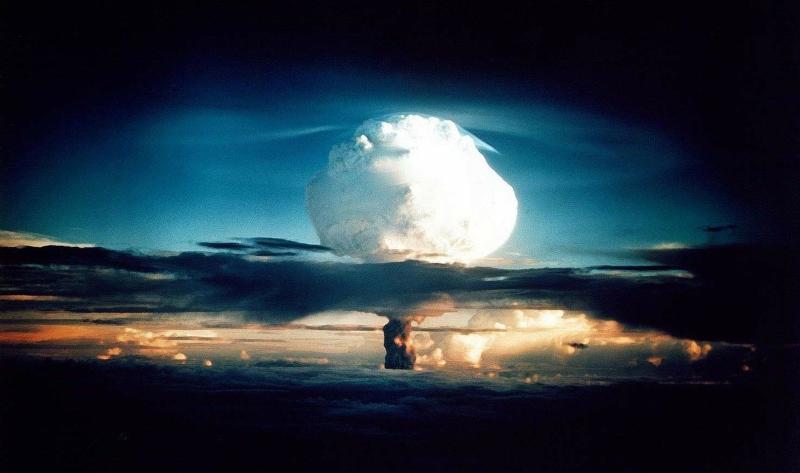
Nuclear armaments are among the most destructive weapons on the planet, incinerating everything within a three-kilometre radius from the blast site. And that is, at best, euphemistic compared to the full scale of its destructive power over a given area in the long run due to residual ionising radiations. Such radiations make the entire region uninhabitable — similar, but much higher in magnitude than the Hiroshima and Nagasaki bombings of the Second World War. While many countries like India, USA, China, and Russia possess nuclear weapons at their disposal, some others have been testing this technology.
Starting in 2006, North Korea has made a series of nuclear tests in its hidden backyard. The country’s latest one was conducted in 2017 at Punggye-ri, some 3.6 kilometres northwest of its first nuclear test site. Despite its success, the test results provided loose estimates of the source parameters like the energy produced and the depth of the explosion. Since this was the most extensive test conducted by North Korea, it has evoked special attention among the scientific community in the last two years.
While many studies have tried to reckon these parameters, the results were shrouded in uncertainty. Besides, the country’s political abnegation of seismometers called for an exigent need for a more accurate means of estimating the blast site’s characteristics. In a recent study, published in the Geophysical International Journal, a team of scientists from the Indian Space Research Organisation (ISRO) seems to have done just that.
It’s common to use seismometers in and around test sites to precisely characterise such explosions. However, since such instruments were unavailable near this site, and due to added technical obscurities, the researchers had to rely on a more unconventional alternative. The ISRO trio, comprising of Dr K.M. Sreejith, Dr Ritesh Agrawal, and Dr A.S. Rajawat, used data from Interferometric Synthetic Aperture Radar (InSAR). InSAR is more commonly used to study tectonic activities and other terrestrial deformations to a precision of a few centimetres. But the intention of this study, however, was to narrow down the source parameters and increase the accuracy of the measurements begotten from previous studies.
The researchers used data from satellites ALOS-2 and Sentinel-1B to gather interferograms — or the interference patterns of radio imagery obtained from the reflected electromagnetic waves. Phase differences in the obtained interferograms indicate deformations on the surface of the earth, which the researchers used to map the structure of the test site. However, since the data from Sentinel-1B was noisy, they used only data from ALOS-2 for further processing. After processing this data, the researchers were convinced that the deformation was indeed caused by a blast, and not landslides or other natural phenomena.
Bayesian modelling — a method to represent the uncertainties in the input values — on the decorrelated data yielded more accurate estimates of the source parameters. After processing the interferograms, the researchers narrowed down the depth of the explosion to a more precise 542 metres below Mt.Mantap, which is a 25-85% reduction in the uncertainty from the previously estimated range of 300-600 metres. The explosive power was honed from a broad range of 100-700 kilotons to a more precise 245-271 kilotons, reducing the uncertainty by as much as 97%. As a useful footnote to visualise the scale of this event, the explosion was 17 times stronger than the Hiroshima atomic bomb explosion, say the researchers.
In an attempt to characterise the 2017 nuclear test site, the scientists also proved that the Bayesian modelling technique is indeed a better way to minimise uncertainties which are dominant in other methods. However, there’s an important caveat to bear in mind—the estimates calculated from this model are not quite as precise due to the lack of information on the local geology and three-dimensional seismic velocity structure — the speed of shock waves through a medium. The study instead assumes a uniform terrain from the available one-dimension seismic velocity information, warn the researchers.






